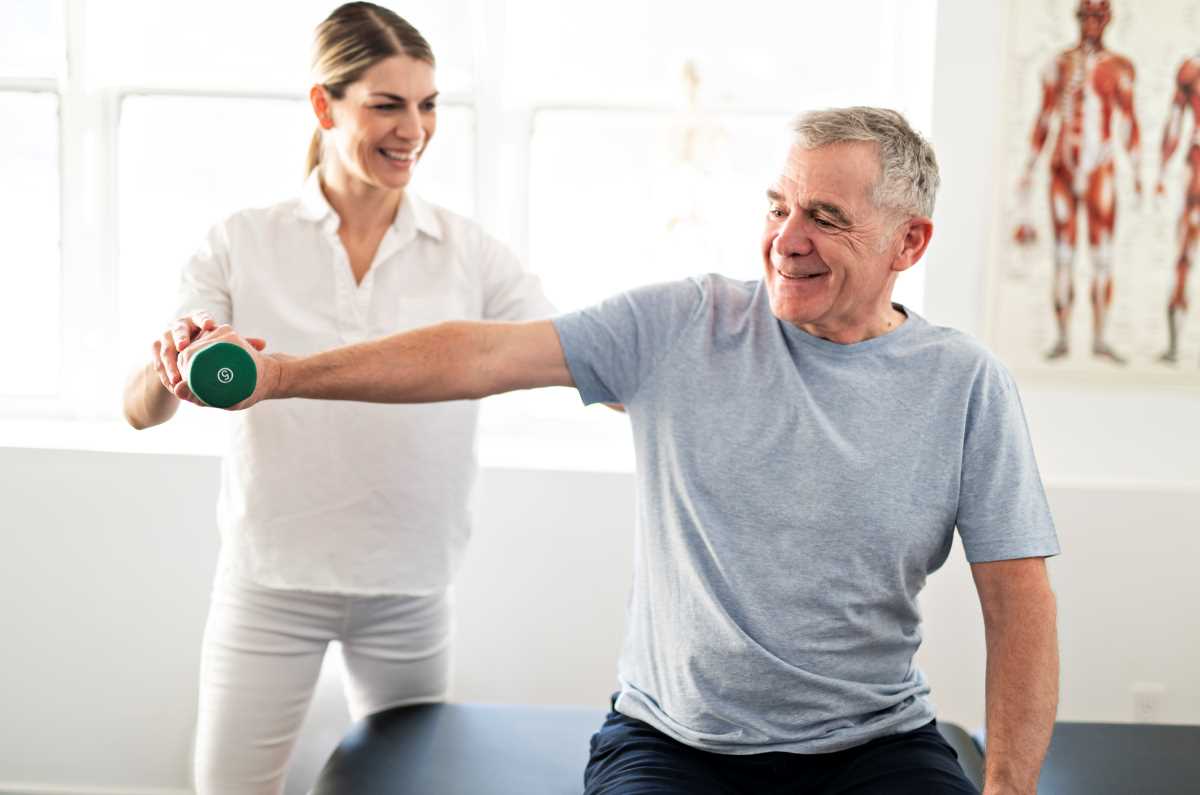Do you get to the end of your day and wonder where all your time went? Between work, family commitments, random phone calls, catching up with friends, walking the dog, feeding the cat and endlessly scrolling through socials, your day has flown by, your to-do list has barely been touched, and you still need to scrounge up something for dinner?
If this sounds familiar, I’m right there with you 🙃. Adjusting to our ‘new normal’ is taking a bit of getting used to. Finding the right balance between work and home life, commuting to the office (or moving from my couch to my desk 😉) is challenging. And my routine, once the foundation of my day, is in tatters and needs some help.
Why do we need routine?
When so much is out of our control, developing a morning routine can help you gain some control so you can do the things you need to do in your day. This boosts your confidence, makes you feel more positive and reduces feelings of stress.
Having a morning routine allows you to plan and prioritise activities so that if things go pear-shaped – as they sometimes do – your most important activities have (hopefully) been accomplished. And having a regular routine means you’re less likely to forget something, which is especially helpful if you’re feeling a bit ‘foggy’.
So how can you create (or update) your morning routine?
First, let’s start with the foundation of your morning routine – getting a good night’s sleep. We all know what it’s like when we haven’t slept well. We drag ourselves through the day, bleary-eyed and unfocused. But we also know that getting a good night’s sleep can sometimes be tough when you live with a musculoskeletal condition and persistent pain. Fortunately, there are many things you can do to improve your sleep quality and quantity, and wake up feeling refreshed. Read our article on sleep for info and tips.
The next step is planning. For your morning routine to be effective and have a positive flow-on effect for the rest of your day, you need to be prepared and have a plan. This may include:
- Getting things ready the night before. Do whatever you can at the end of your day so that your mornings are less hectic. For example, check the weather and decide what you want to wear the following day; prep healthy breakfasts/lunches/snacks so you can just grab them as you head out the door in the morning.
- Make a list of the things you need to do in the day and prioritise them to know what absolutely needs to be done. Include appointments, exercise, work/school/family/social commitments and recreation.
Now it’s time to get moving.
- When the alarm goes off, it’s tempting to hit the snooze button, but resist the urge! Endlessly hitting snooze will make you lose valuable time, and it could also affect your health. Find out how.
- Build extra time into your morning routine in case you wake up feeling blah. The extra time will also make you feel less rushed and stressed.
- Do some gentle stretches while in bed to warm up and loosen stiff muscles and joints.
- Have a warm shower for the same reason. It’ll also help clear your head and wake you up fully.
- Sit down and eat a healthy breakfast and drink some water.
- Take your medications (if required).
- Do some exercise. Take your dog for a walk, do some yoga, hit the gym, go for a swim. Whatever exercise you enjoy and you’re committed to doing, do it. Not only will it help you manage your condition and health overall, exercising in the morning improves your concentration, energy levels and mood.
- Do something nice for yourself. Try mindfulness meditation, deep breathing, practising gratitude, listening to upbeat music, hug your partner/kids/pet. Choose something that makes you happy and puts a smile on your face as you start a new day.
- Review your day ahead so you know what to expect, what you need to do, what things to take with you etc.
- Set up alerts or alarms on your phone or computer to help you stay on track with your day.
Making your routine stick
Once you’ve established your routine, you need to be consistent and stick to it. That way, it’ll become second nature.
And be flexible. Sticking to your morning routine as often as possible is great, but you’ll also need to learn to be flexible if something unexpected happens.
When it’s all said and done, routines may sound boring, but they’re a great way to stay on top of your commitments and get to the end of the day feeling accomplished and relaxed. So if you struggle to achieve all of the things you set out to do each day, why not try a couple of these strategies to see if they can help? You’ve got nothing to lose and so much to gain.
Contact our free national Help Line
If you have questions about managing your pain, musculoskeletal condition, treatment options, mental health issues, COVID-19, telehealth, or accessing services, call our nurses. They’re available weekdays between 9am-5pm on 1800 263 265; email (helpline@msk.org.au) or via Messenger.
More to explore
- 6 steps to better mornings
Versus Arthritis - Benefits of a morning routine
Verywell Mind - Morning exercise routine for rheumatoid arthritis
BJC Health - The ultimate morning routine to make you happy and productive all day
Lifehack - Your arthritis morning routine
Arthritis Foundation - Your morning routine with arthritis: 20 hacks to make things easier
Creaky Joints



 Let’s start with a look at your spine
Let’s start with a look at your spine















